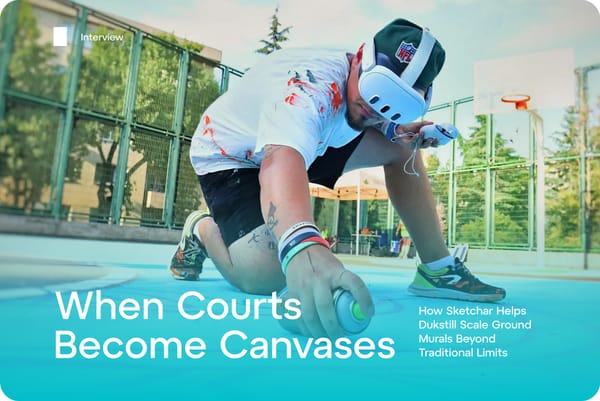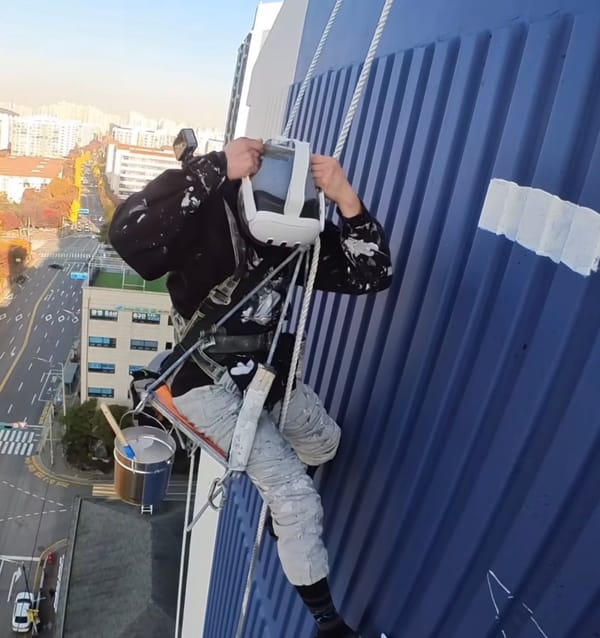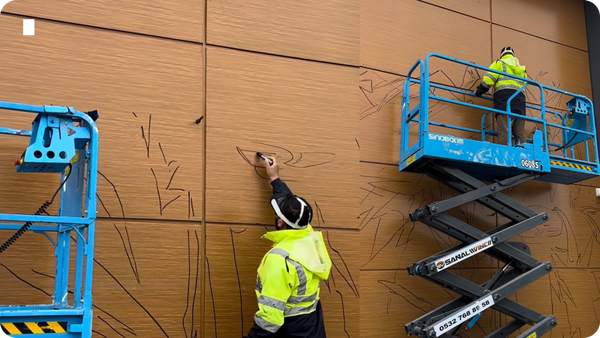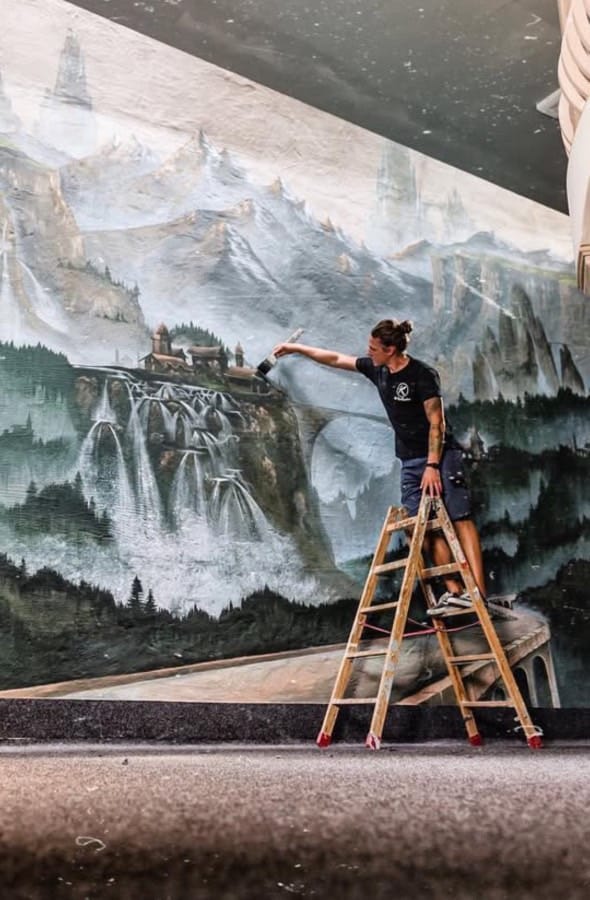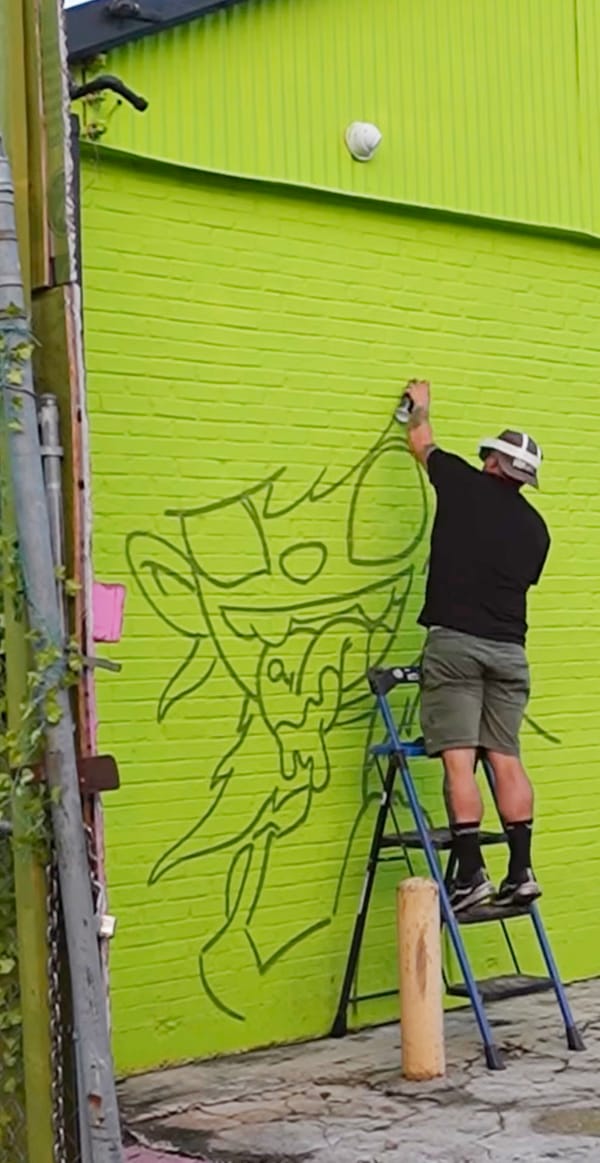Stone, known professionally as Stone Graffiti, is a globally active graffiti artist from Laupheim near Ulm. Since 2008, he has transformed facades, interiors, canvases, and objects into striking, custom works of art. His reputation is built on impeccable craftsmanship, creativity, and reliability — and a rare ability to paint highly detailed realistic characters, while seamlessly blending them with graphic and abstract elements.

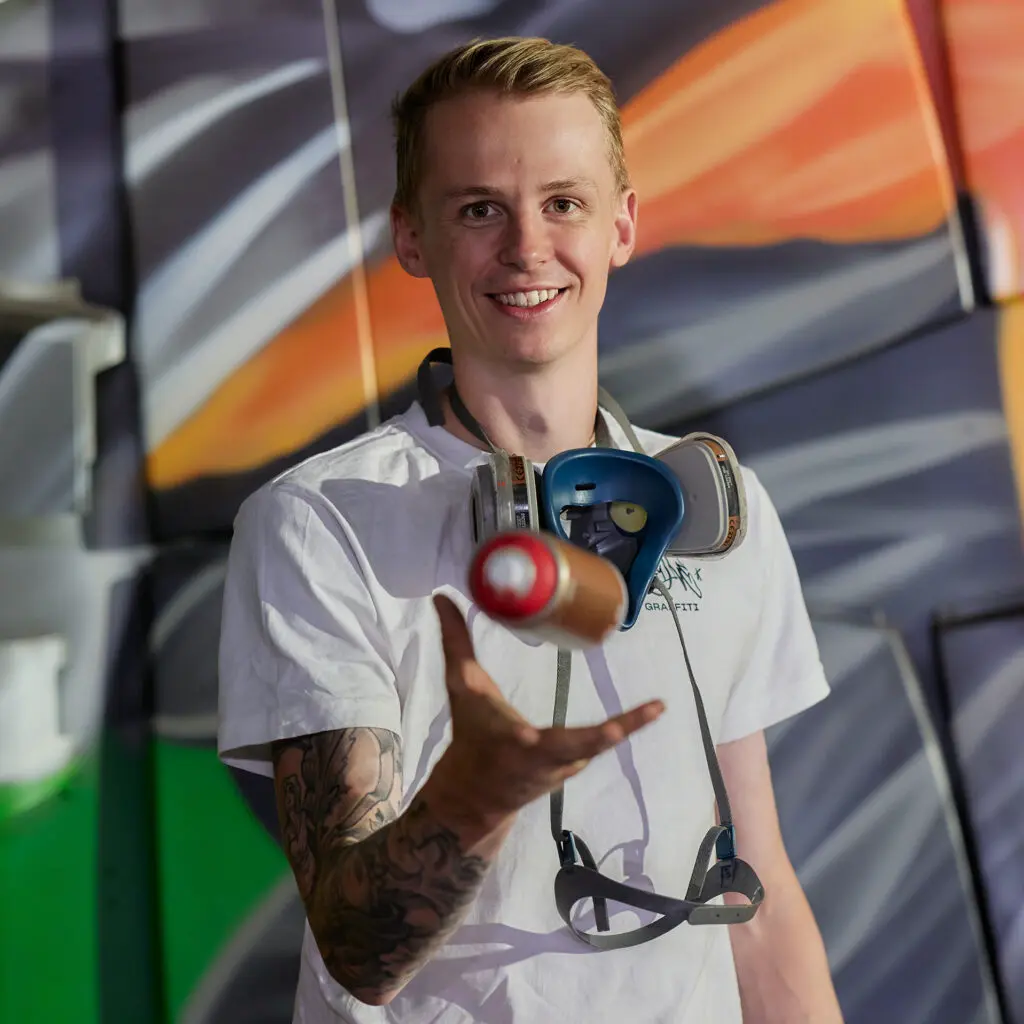
Despite being an artist who can draw anything freehand, Stone has embraced new tools like VR headsets and Sketchar to push his work even further. In this interview, we explore why one of Germany’s most versatile graffiti artists integrates cutting-edge technology into his process — and what this means for the future of mural art.
Let's learn more about his approach.
1. You’re an experienced artist and can draw everything freehand without additional tools. So why do you use a VR headset with Sketchar?
Stone: Making a living from art is not easy and involves a lot of hard work. As a commissioned painter, I am constantly looking for ways to work more efficiently. I used to transfer my sketches onto the wall freehand or using a grid. But once I had mastered that technique, I lost interest in the transfer process — it became a time-consuming step that didn’t excite me anymore.
For some artists, transferring a sketch manually is an essential part of the process. But for me, the most important phases are the design and the detail work that lead to the final result.
"I grew up with technology, and when I saw that VR could speed up this step, I was eager to try it.”
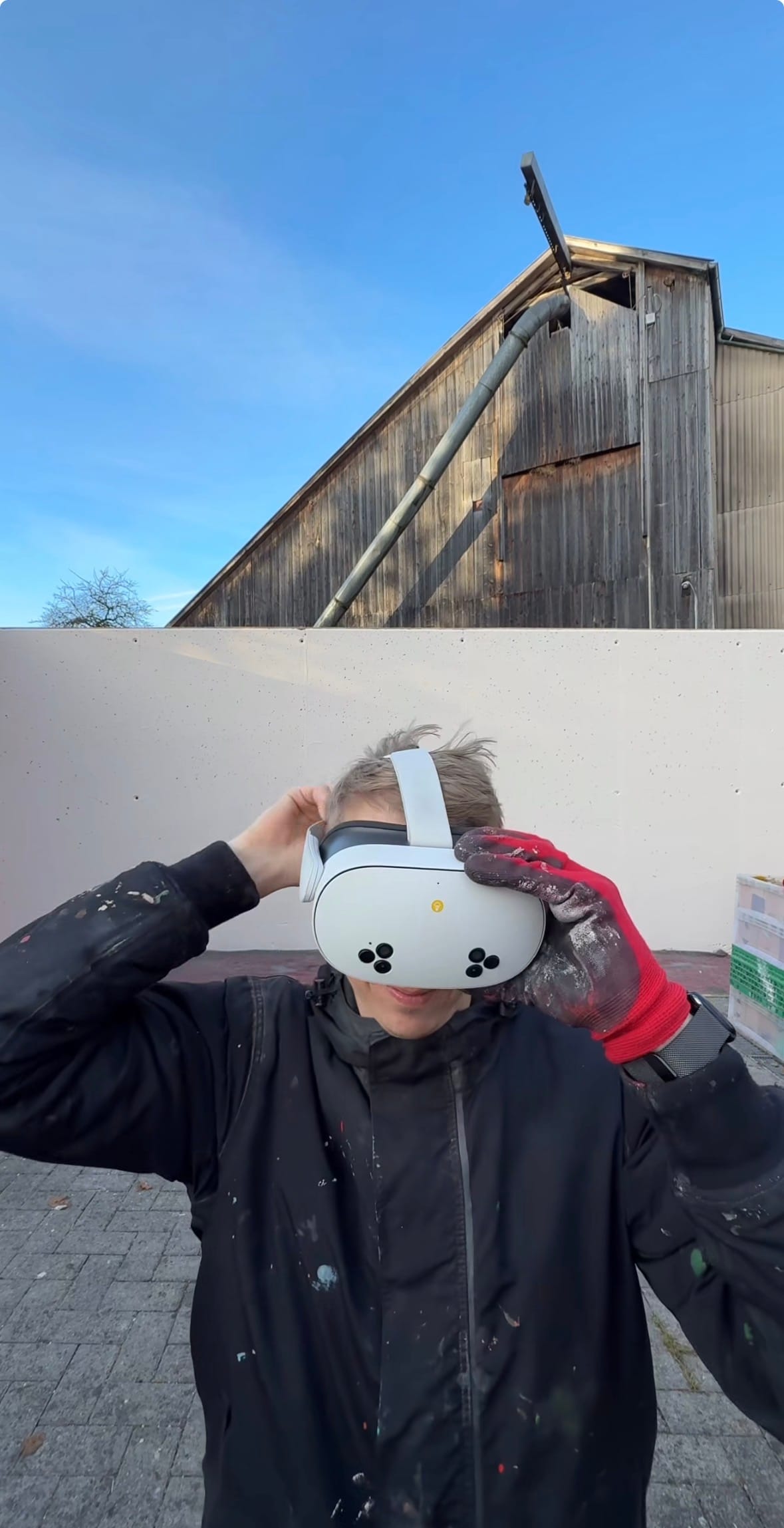
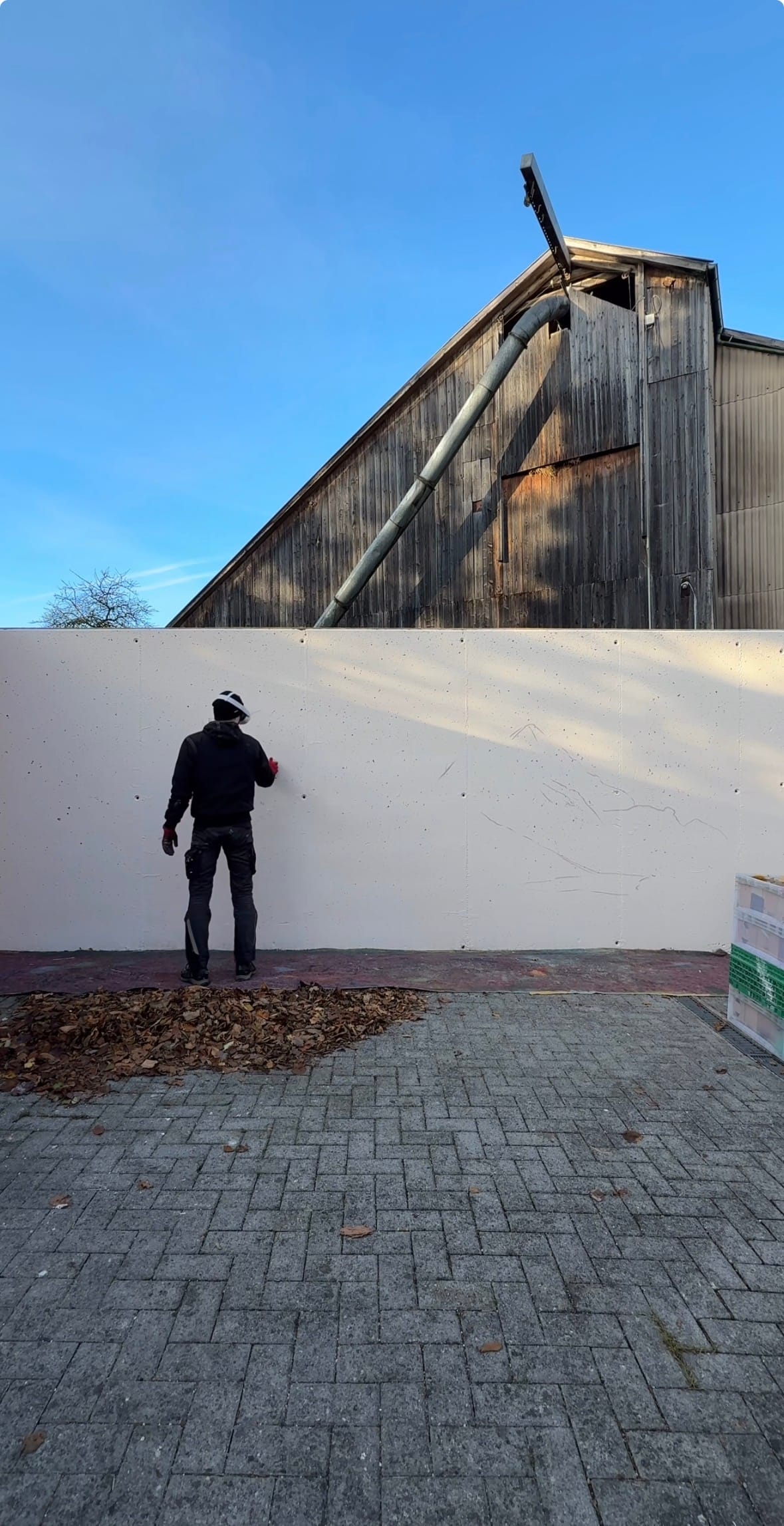
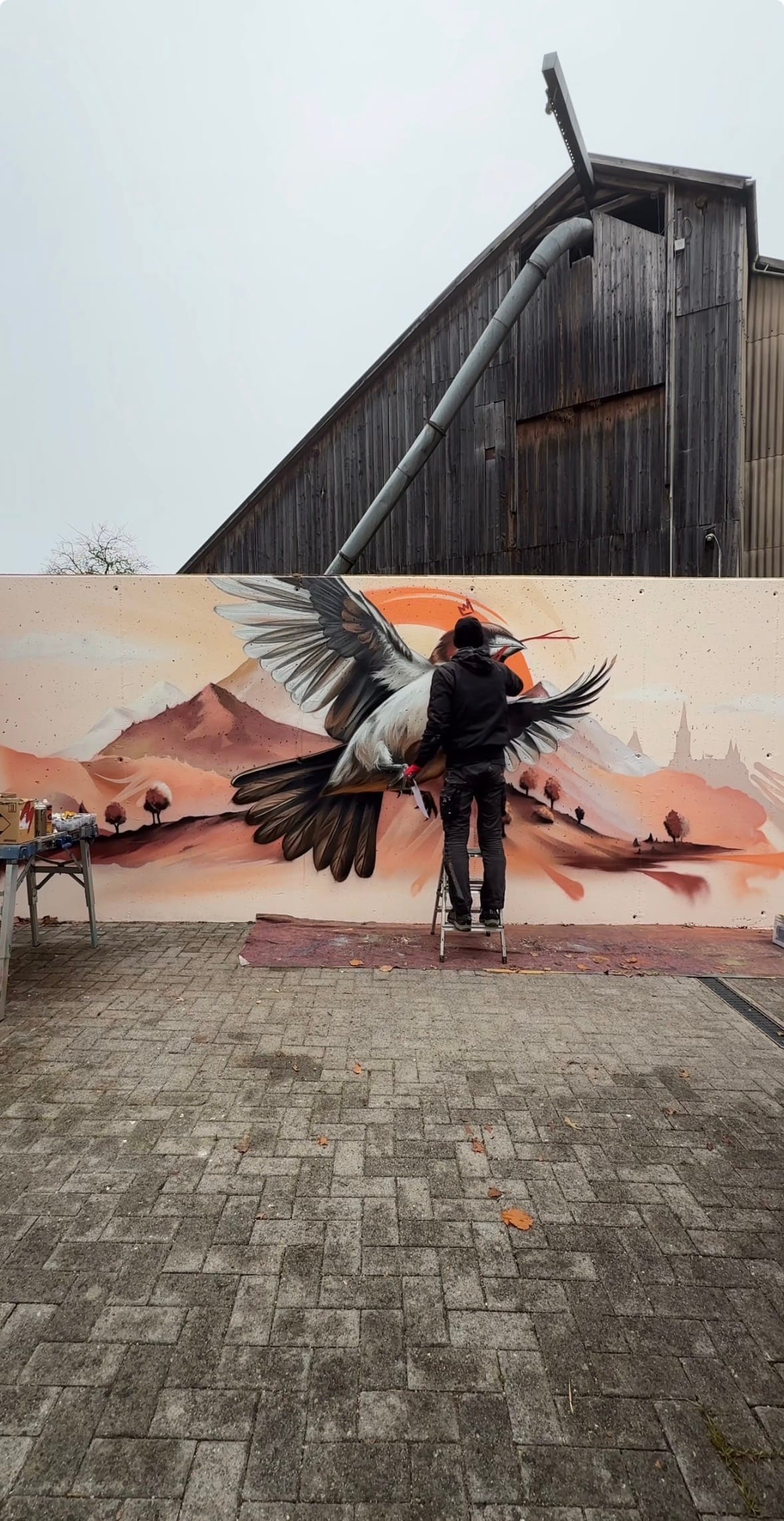
Video: Stone's Instagram
2. You combine realistic characters with different graphic elements. Tell us more about your process and where VR helps you the most.
Stone: VR helps me enormously, especially when working on large murals. Proportions and small details are extremely important in my realistic motifs. If the sketch on the wall isn’t accurate, the whole result feels wrong to me.
Sketchar lets me transfer proportions quickly and precisely and adjust or reposition the sketch directly on site. What works on an A4 sheet can look completely different on 100 m². With VR, I can react immediately to the spatial conditions and experiment.
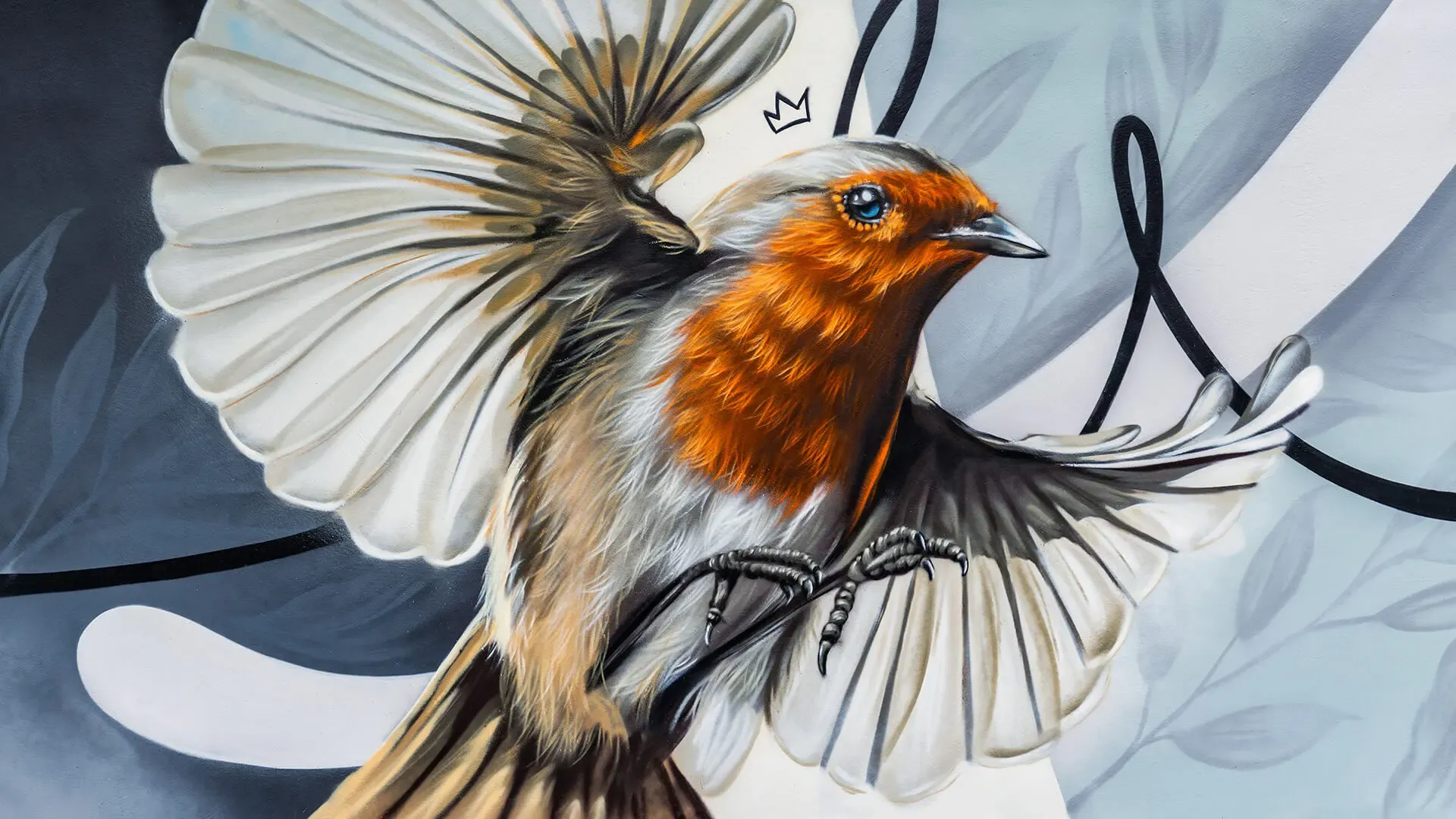

Video: Stone's Instagram
3. As a pioneer promoting new approaches in art, how would you explain the benefits of using new technology like VR to artists who have never tried it?
Stone: For me, the biggest advantage is the time saved and the flexibility it offers. VR is especially worthwhile if you don’t particularly enjoy the manual transfer process.
It’s a tool — a technical aid that helps you reach your goal more efficiently.


4. Many artists — especially in graffiti — are skeptical or even against using VR for their art. What helped you trust and explore this technology so early?
Stone: I understand why the topic is polarizing. Ultimately, everyone needs to decide for themselves where VR fits into their process. But I think it’s important to master the classic methods first and not rely 100% on technology immediately.
Artists who prefer traditional methods don’t have to use VR — but I don’t understand comments like ‘Back in the day, everything was done by hand and with skill.’ Skill involves much more than just transferring a sketch: you have to sell your work, convince clients with strong designs, and deliver the final result professionally.
Transferring sketches – whether freehand, with a grid, or with VR – is only a small part of that.
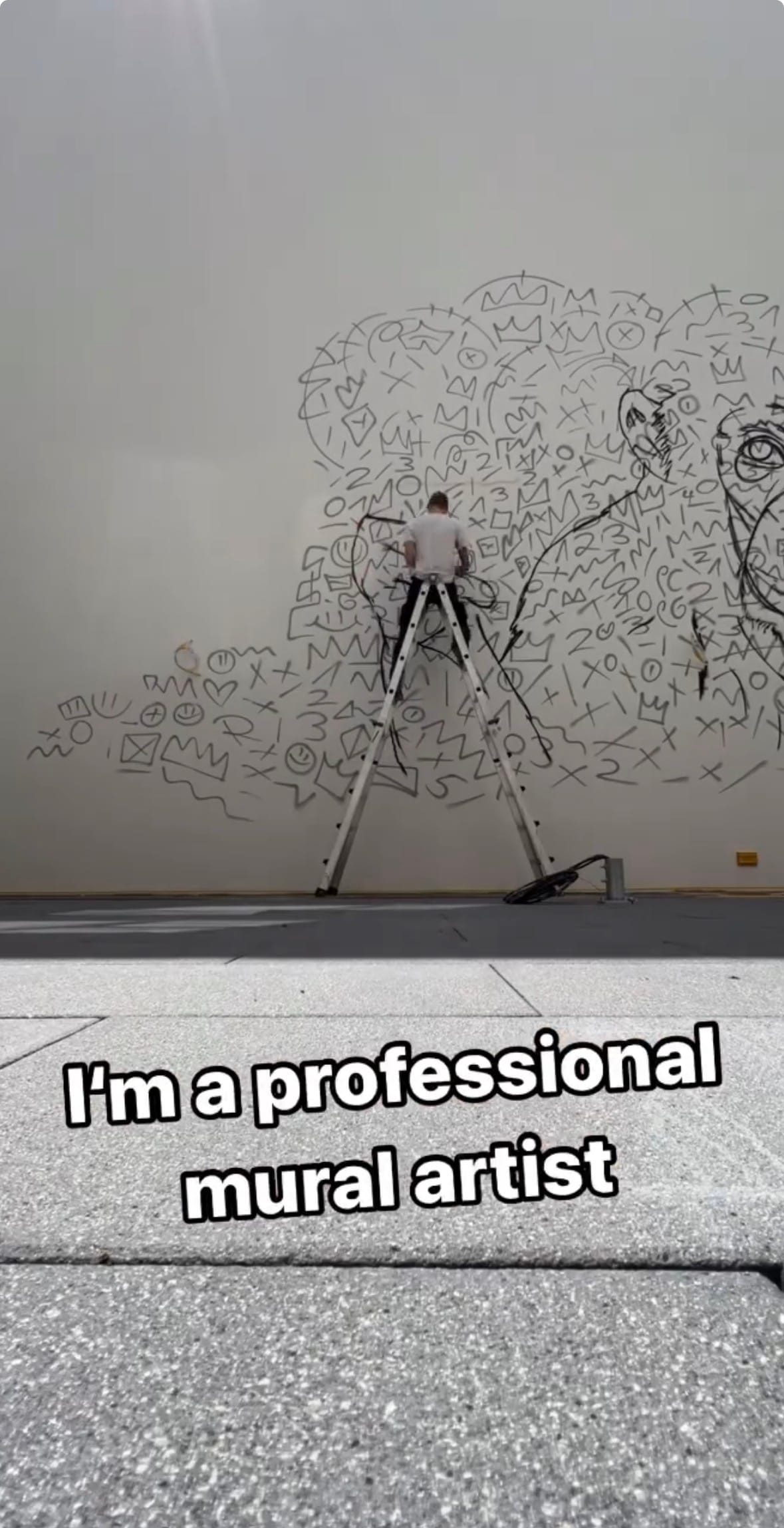
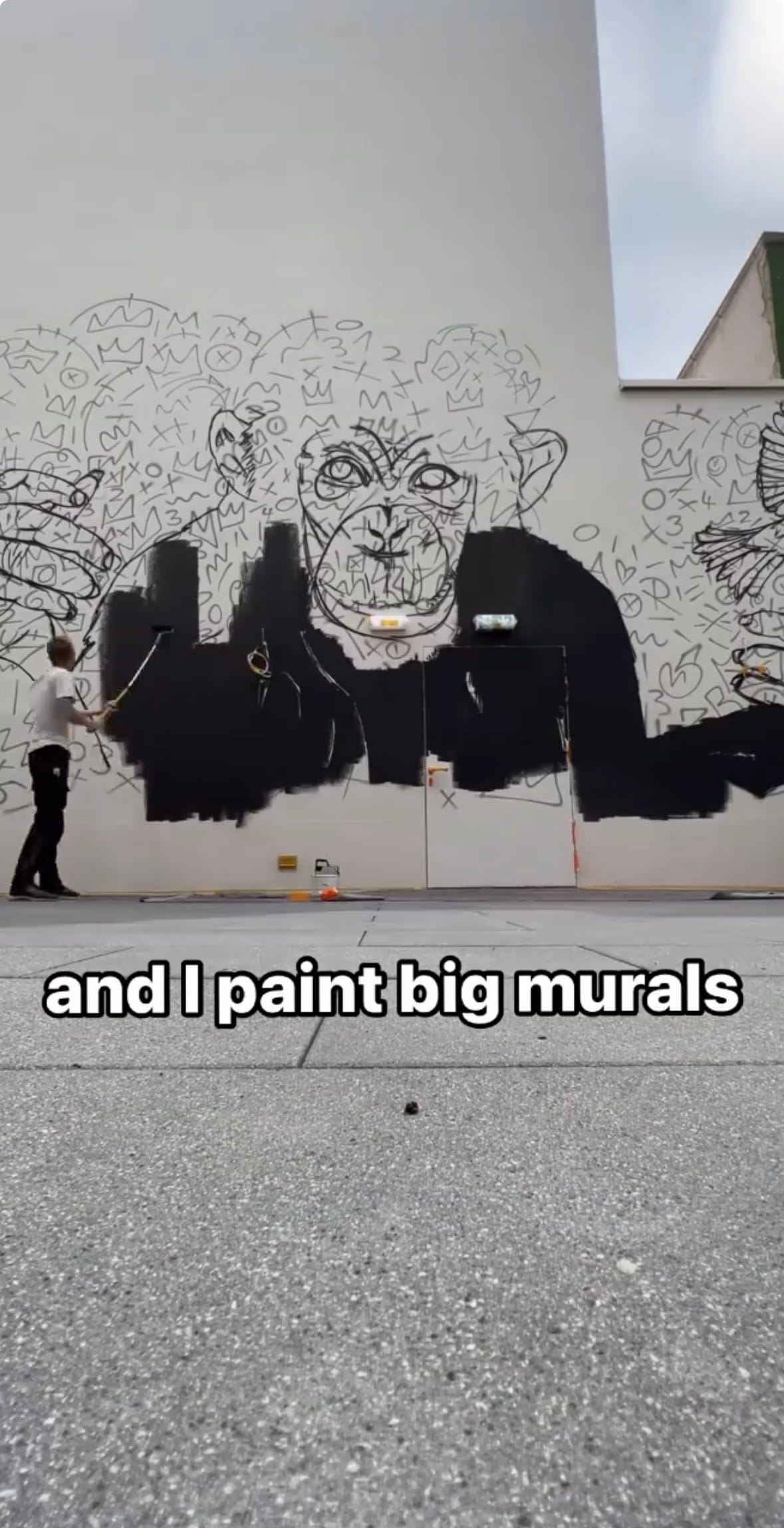
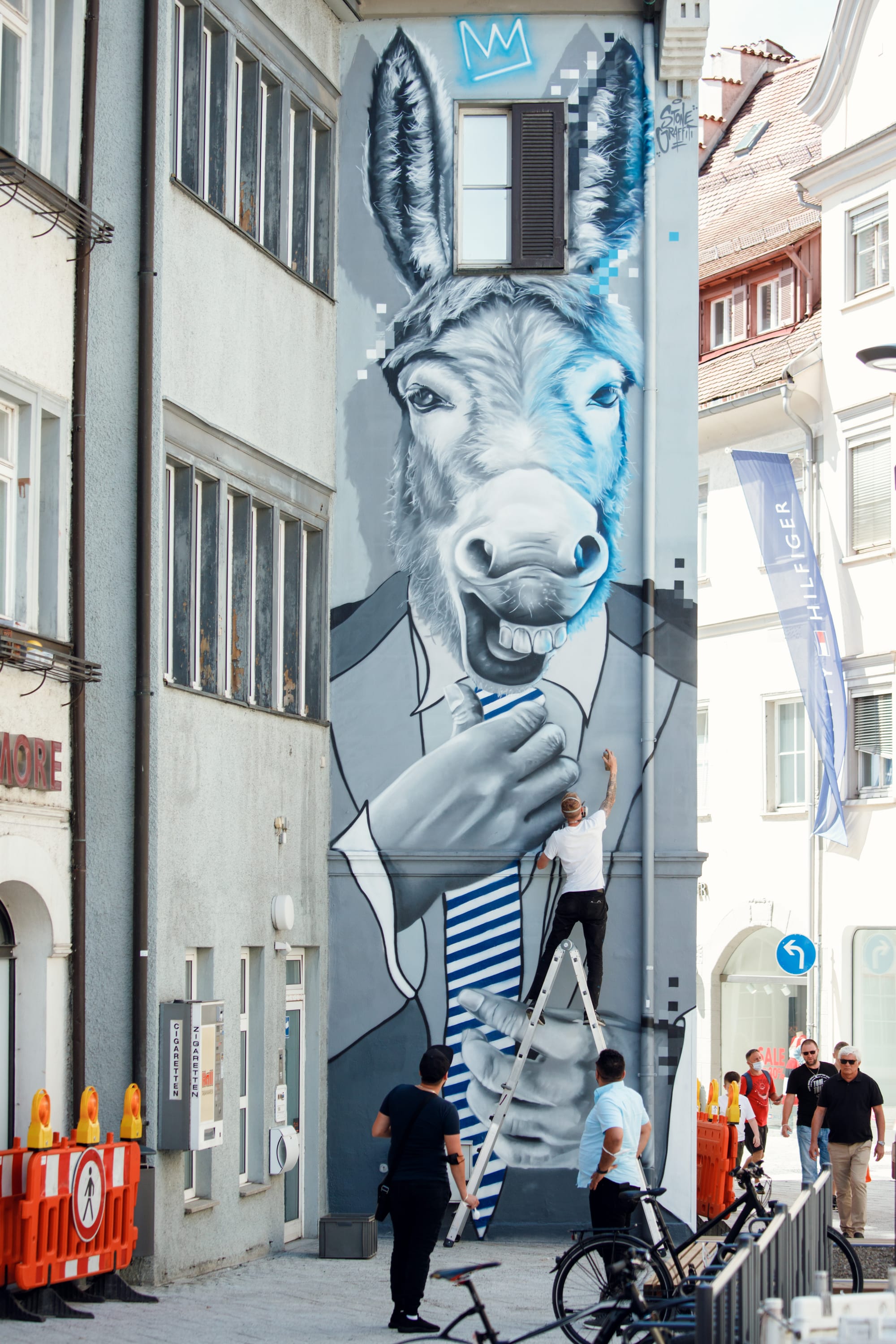
Video: Stone's Instagram
5. How do you see the future of commercial art evolving through close collaboration with AR and VR?
Stone: I think skepticism will slowly fade. AR and VR will become a natural part of the commercial art world.
The technology won’t replace traditional skills — VR doesn’t make you a better or more in-demand artist — but it does make you more efficient. And that’s extremely valuable!
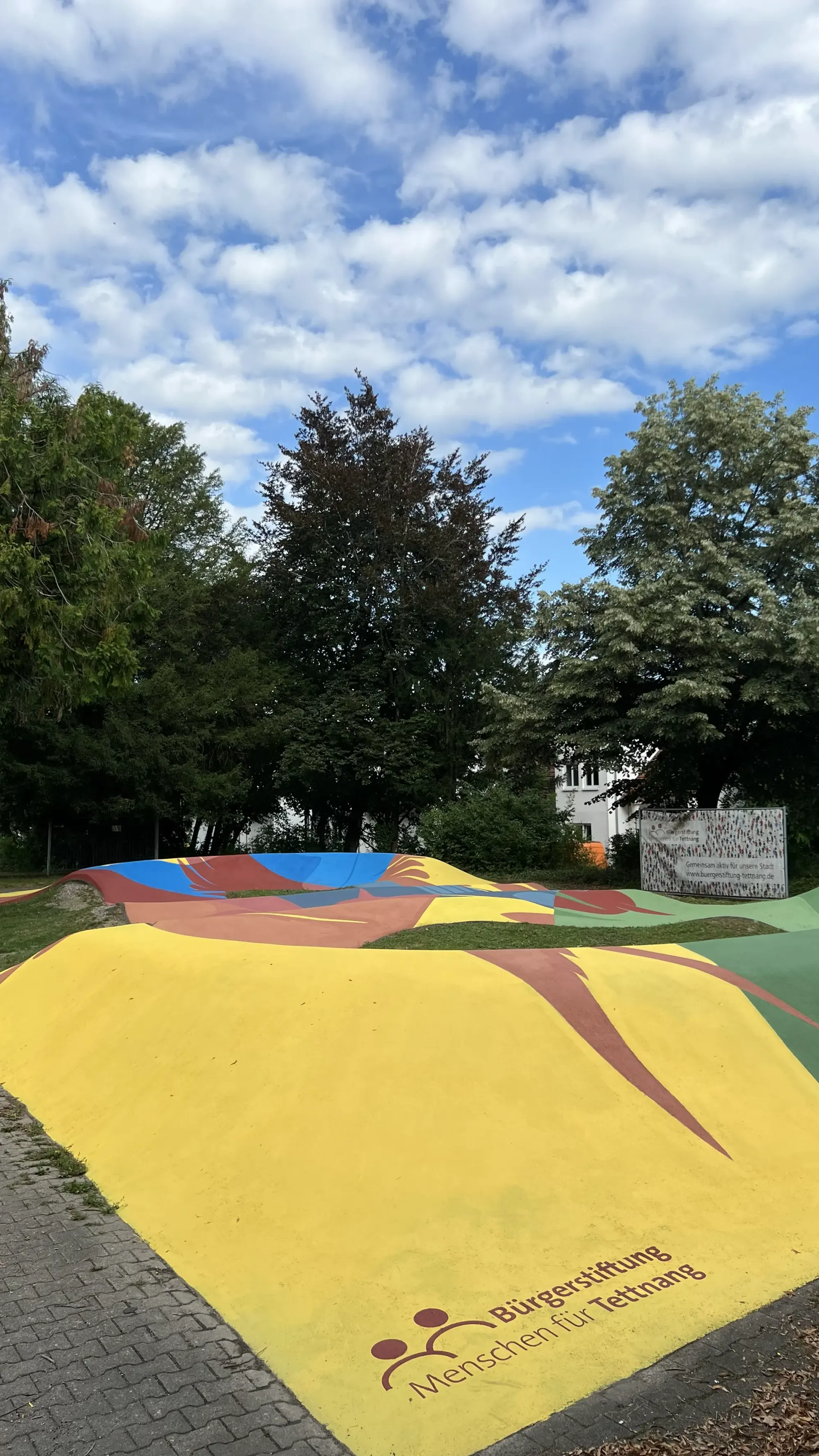

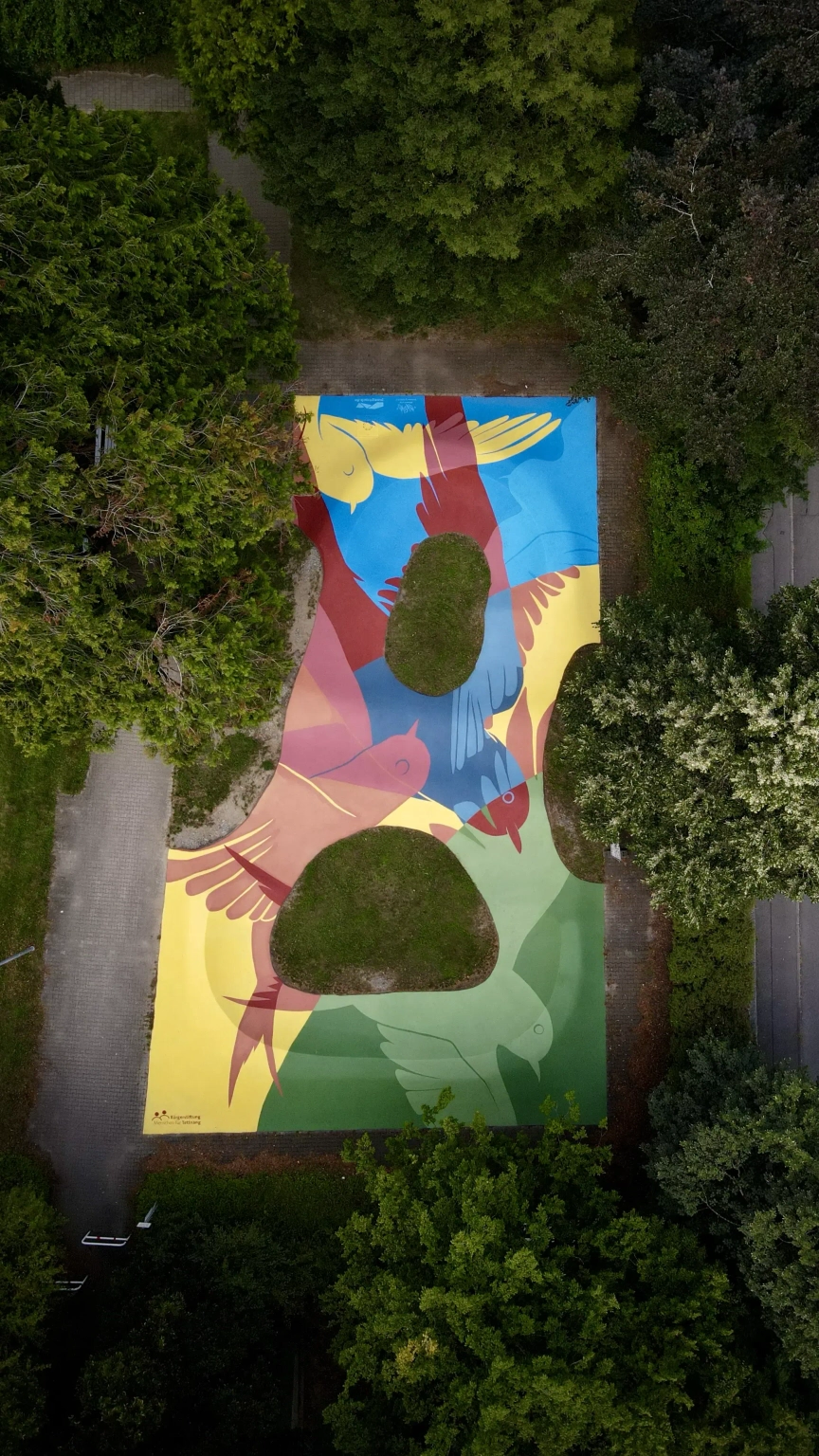
Images: Stone's Website
Stone’s approach reflects a major shift happening in commercial mural work. Artists who rely on murals for their livelihood are increasingly adopting tools like Sketchar and VR headsets to speed up workflows, reduce uncertainty, and dedicate more time to high-value creative work.
VR doesn’t replace artistic skill — it enhances it. By making sketch transfers faster, more precise, and less stressful, artists can focus their energy where it matters: design, detail, execution, and client relationships.
For commercial muralists seeking a competitive advantage in speed, accuracy, and professionalism, VR is quickly becoming one of the most powerful tools available.
▋
Download Sketchar on Meta Quest
Visit Stone's website: https://stonegraffiti.com

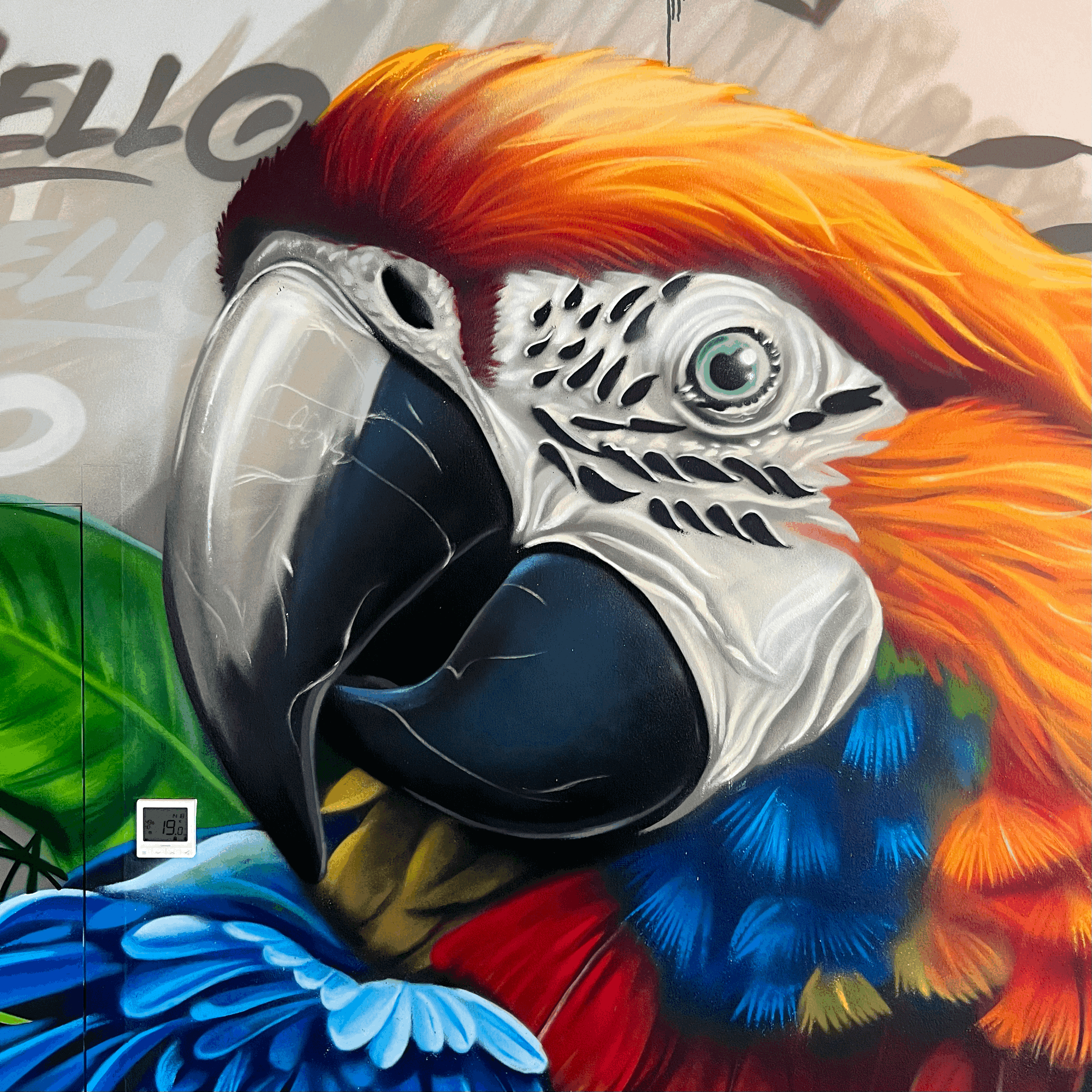
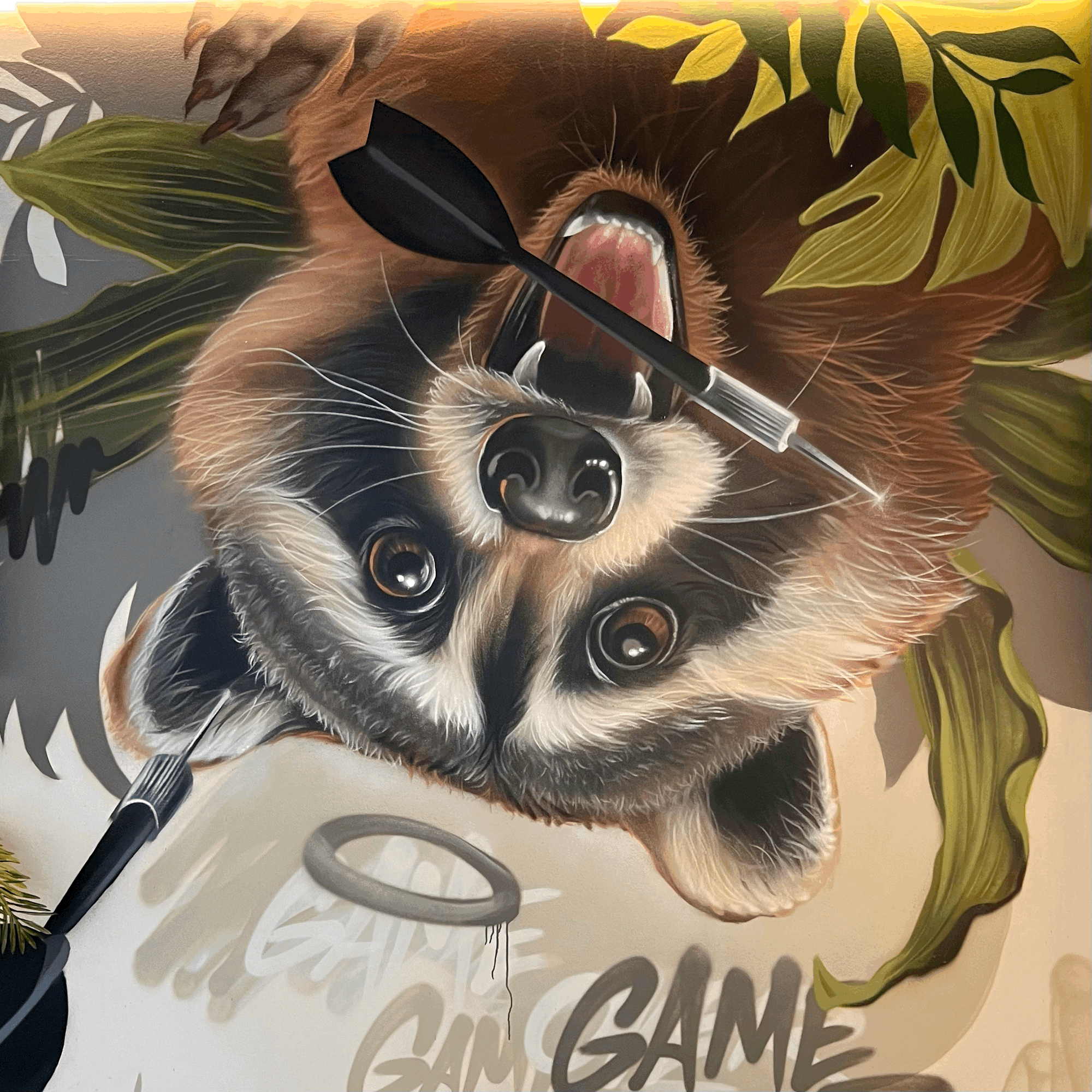
Images: Stone's Website


